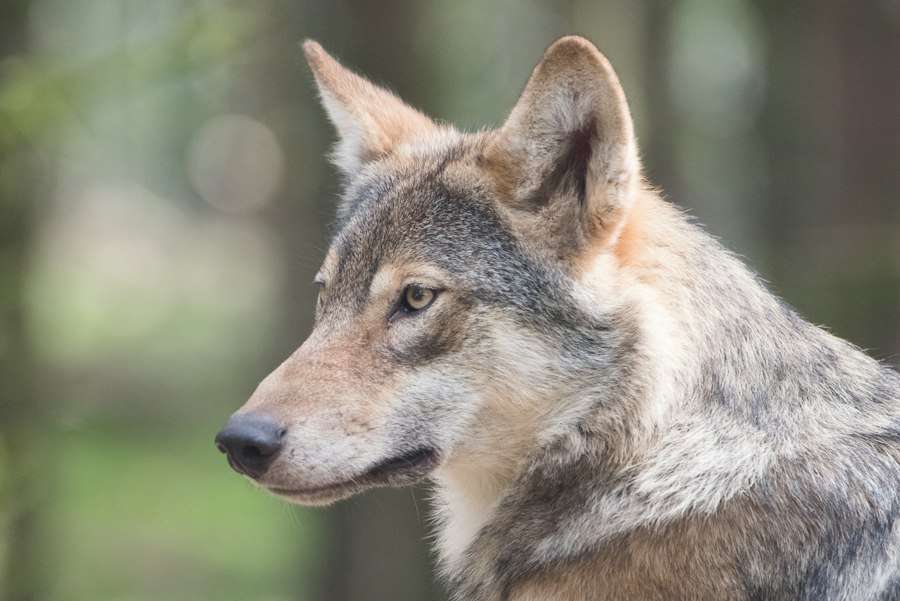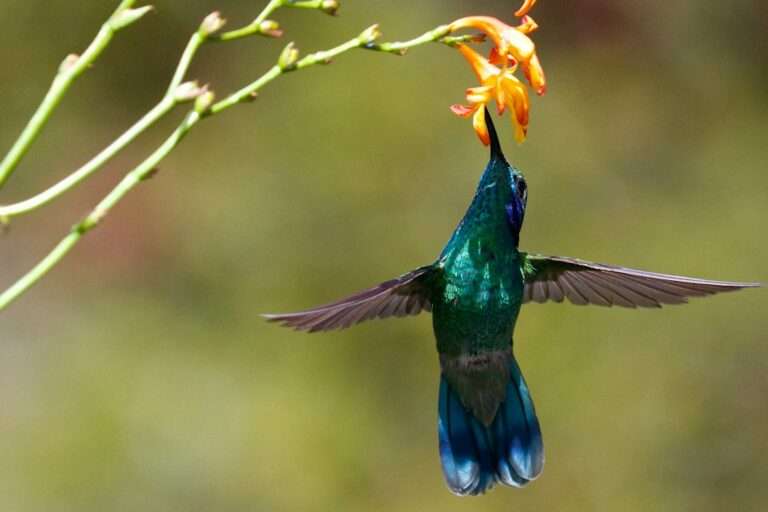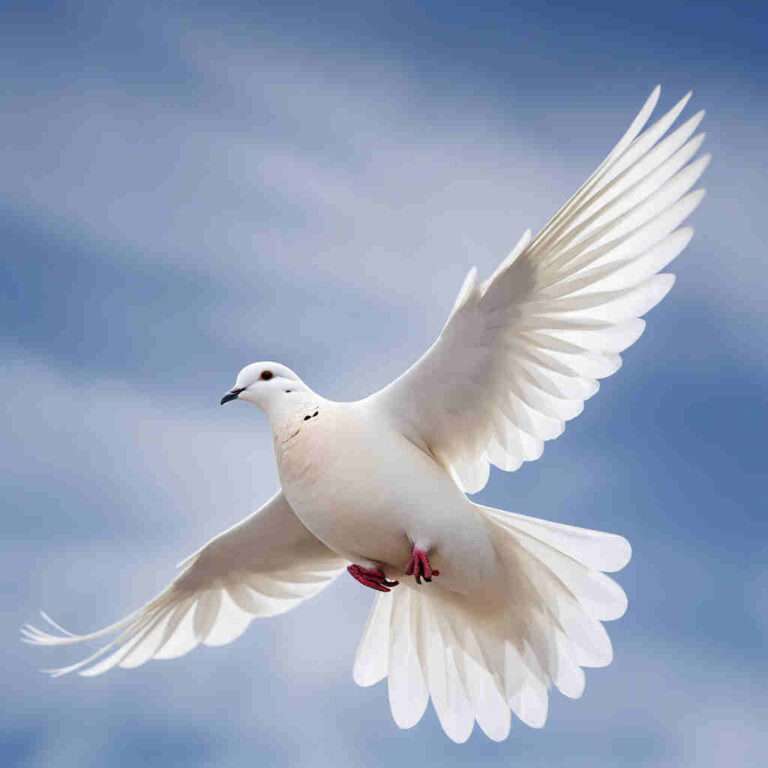The Howling Truth: Exploring the Powerful Symbolism of Wolves in Literature and Culture

Wolves have long captivated the human imagination, and their enduring fascination can be traced back through history. The relationship between humans and wolves dates back thousands of years, with evidence of early humans both fearing and respecting these majestic creatures. Wolves have been depicted in cave paintings, featured in ancient myths and legends, and revered in indigenous cultures around the world. Today, despite the vast changes in human society, wolves continue to captivate our attention and hold a special place in our hearts.
The enduring fascination with wolves can be attributed to several factors. Firstly, their wild and untamed nature appeals to our sense of adventure and freedom. Wolves are apex predators, living in close-knit family units known as packs, and their ability to survive and thrive in harsh environments is awe-inspiring. Their resilience and adaptability resonate with our own desire for strength and independence.
Furthermore, wolves have been portrayed as symbols of power, loyalty, and intelligence in various cultures throughout history. They have been featured prominently in literature, folklore, mythology, and popular culture as representations of these qualities. From the werewolves of European folklore to the wise wolf spirit guides of Native American traditions, wolves have captured our imagination as creatures embodying both the light and dark aspects of human nature.
Key Takeaways
- Wolves have fascinated humans for centuries, inspiring literature, art, and mythology.
- The wolf is often used as a symbol of wildness, freedom, and human nature in literature and culture.
- Indigenous cultures view wolves as spiritual guides and totem animals, while folklore and mythology depict them as both good and evil.
- Wolves play an important role in the environment and conservation efforts are crucial to protect them.
- The wolf’s enduring power as a symbol of strength and resilience continues to captivate and inspire people around the world.
The Wolf as a Symbol of Wildness and Freedom in Literature
Literature has long been a medium through which the wolf’s symbolism has been explored. In many works of fiction, wolves are used as symbols of wildness and freedom. One notable example is Jack London’s “White Fang,” where the protagonist is a half-wolf, half-dog creature struggling to find his place in the world. Through White Fang’s journey, London explores themes of instinct versus civilization and the inherent wildness within all beings.
Another famous literary work that features wolves as symbols is Rudyard Kipling’s “The Jungle Book.” In this collection of stories, the character Mowgli is raised by wolves and learns the ways of the jungle. The wolves in “The Jungle Book” represent the untamed and primal aspects of nature, contrasting with the human world of rules and order. The wolves serve as a reminder of the wildness that exists within us all and the importance of staying connected to our natural instincts.
In both of these examples, wolves symbolize a yearning for freedom and a connection to the natural world. They represent a longing to break free from societal constraints and embrace our primal instincts. Through their portrayal in literature, wolves continue to inspire readers to explore their own wildness and seek a deeper connection with nature.
Wolves as a Metaphor for Human Nature and Society
Wolves have also been used as a metaphor for human nature and society in literature. Their pack dynamics, social hierarchy, and complex communication systems mirror our own societal structures and behaviors. By using wolves as metaphors, authors are able to explore human relationships, power dynamics, and the complexities of society.
One example of this is found in William Golding’s “Lord of the Flies.” In this novel, a group of boys stranded on an uninhabited island descend into chaos and violence as they struggle to establish order and survive. The character of Jack represents the primal instincts within humans, often associated with the wolf archetype. His descent into savagery mirrors the behavior of a wolf pack when faced with scarcity or threats.
Similarly, in George R.R. Martin’s “A Song of Ice and Fire” series (adapted into the TV show “Game of Thrones”), the Stark family is associated with wolves. The Stark children each have a direwolf as their companion, symbolizing their connection to their ancestral roots and their resilience in the face of adversity. The direwolves also serve as a reminder that humans are not separate from nature but are deeply intertwined with it.
Through these examples and many others, wolves are used as a metaphor to explore the complexities of human nature and society. They remind us of our own primal instincts, the delicate balance between order and chaos, and the importance of maintaining our connection to the natural world.
The Wolf as a Spiritual Guide and Totem Animal in Indigenous Cultures
| Indigenous Culture | Beliefs about Wolf as a Spiritual Guide and Totem Animal |
|---|---|
| Native American | The wolf is seen as a symbol of loyalty, intelligence, and strength. It is believed that the wolf can guide individuals through difficult times and help them find their path in life. |
| Inuit | The wolf is seen as a powerful and wise animal that can help individuals connect with their inner selves. It is believed that the wolf can help individuals find their purpose in life and guide them on their journey. |
| Celtic | The wolf is seen as a symbol of transformation and change. It is believed that the wolf can help individuals overcome their fears and embrace their true selves. |
| Aboriginal Australian | The wolf is seen as a symbol of strength, courage, and loyalty. It is believed that the wolf can help individuals connect with their ancestors and find their place in the world. |
In indigenous cultures around the world, wolves hold a significant spiritual significance. They are often seen as guides, protectors, and symbols of wisdom. The wolf’s ability to navigate through the wilderness and survive in harsh conditions is admired and revered by many indigenous communities.
For example, in Native American traditions, wolves are considered sacred animals and are often seen as spirit guides. They are believed to possess qualities such as loyalty, intuition, and strength. The wolf is seen as a teacher, guiding individuals on their spiritual journey and helping them navigate through life’s challenges.
In some indigenous cultures, individuals may have a personal totem animal, which is believed to be a spiritual guide and protector. Wolves are commonly chosen as totem animals due to their powerful symbolism and connection to the natural world. Those who identify with the wolf as their totem animal often embody its qualities of loyalty, independence, and resilience.
The spiritual significance of wolves in indigenous cultures highlights the deep respect and reverence that humans have for these creatures. They serve as a reminder of our interconnectedness with nature and the wisdom that can be gained from observing and learning from the natural world.
The Role of Wolves in Folklore and Mythology Around the World
Wolves have played prominent roles in folklore and mythology across different cultures throughout history. In many cases, they are portrayed as both fearsome predators and wise protectors. Their duality reflects the complex relationship humans have with these creatures.
In Norse mythology, for example, wolves play a central role. Fenrir, a monstrous wolf, is prophesied to bring about the end of the world during Ragnarok. However, wolves are also associated with Odin, the chief god of Norse mythology, who is often depicted with two wolves by his side. These wolves, Geri and Freki, represent Odin’s fierce and loyal companions.
In Japanese folklore, the wolf is known as “Okami” and is revered as a protector and guide. The story of “Okami” tells of a wolf deity who takes the form of a white wolf to protect a village from evil spirits. The wolf’s loyalty and bravery are celebrated in this tale, highlighting its positive qualities.
These examples demonstrate the diverse ways in which wolves are portrayed in folklore and mythology around the world. They are often seen as powerful and mysterious creatures, capable of both destruction and protection. Wolves continue to capture our imagination through these stories, reminding us of the complex nature of our relationship with the natural world.
The Wolf in Popular Culture: From Children’s Books to Horror Movies

Wolves have also made their mark in popular culture, appearing in various forms of media such as books, movies, and TV shows. From children’s books to horror movies, wolves have been portrayed in a wide range of ways, reflecting their enduring appeal to audiences of all ages.
In children’s literature, wolves often take on the role of villains or cunning tricksters. One famous example is “Little Red Riding Hood,” where the wolf disguises himself as the grandmother to deceive and harm the young girl. This cautionary tale has been retold countless times and serves as a reminder of the dangers that can lurk in the world.
On the other hand, wolves have also been portrayed as noble and heroic characters in popular culture. In J.K. Rowling’s “Harry Potter” series, Remus Lupin is a werewolf who becomes one of Harry’s most trusted allies. Lupin’s struggle with his condition and his loyalty to his friends showcase the complexities of the wolf archetype and challenge stereotypes associated with wolves.
In horror movies, wolves are often depicted as terrifying creatures that evoke fear and danger. Films like “The Wolfman” and “An American Werewolf in London” capitalize on the primal fear humans have of being hunted by a powerful predator. These movies tap into our deepest fears and remind us of the untamed nature that lies within us all.
The portrayal of wolves in popular culture reflects the diverse ways in which they are perceived by society. They can be seen as both villains and heroes, embodying both our fears and our aspirations. Wolves continue to captivate audiences across different mediums, leaving a lasting impression on our collective imagination.
The Cultural Significance of Wolf Howling and Communication
One of the most iconic aspects of wolf behavior is their howling. Howling serves as a form of communication among wolves, allowing them to communicate over long distances and maintain social bonds within their pack. The haunting sound of a wolf’s howl has captivated humans for centuries and has inspired countless works of art, music, and literature.
Wolf howling holds cultural significance in many indigenous traditions. It is often associated with rituals, ceremonies, and spiritual practices. The howl is believed to carry messages to the spirit world, serving as a bridge between the physical and spiritual realms. In some cultures, it is believed that hearing a wolf howl is a sign of good luck or a message from the divine.
Humans have been inspired by wolf communication and have sought to mimic their howls in various forms of artistic expression. From poetry to music, the haunting beauty of the wolf’s howl has been captured and celebrated. Artists have attempted to convey the sense of freedom, wildness, and connection to nature that the howl represents.
The cultural significance of wolf howling highlights the deep connection humans have with these creatures. It serves as a reminder of the power of communication and the importance of maintaining our connection to the natural world. The haunting beauty of the wolf’s howl continues to inspire and captivate us, reminding us of the enduring bond between humans and wolves.
Wolf Conservation and the Importance of Protecting These Iconic Animals
Despite their enduring fascination and cultural significance, wolves have faced significant challenges throughout history. They have been hunted, persecuted, and pushed to the brink of extinction in many parts of the world. However, in recent years, there has been a growing recognition of the importance of wolf conservation and the need to protect these iconic animals.
The current state of wolf populations around the world varies greatly. In some regions, such as North America and Europe, wolf populations have made a remarkable recovery thanks to conservation efforts and legal protections. However, in other parts of the world, such as Africa and Asia, wolves continue to face threats from habitat loss, poaching, and human-wildlife conflict.
It is important to protect wolves and their habitats for several reasons. Firstly, wolves play a crucial role in maintaining healthy ecosystems. As apex predators, they help regulate prey populations and prevent overgrazing, which can have cascading effects on entire ecosystems. By protecting wolves, we are also protecting the biodiversity and balance of these ecosystems.
Secondly, wolves have cultural and spiritual significance for many indigenous communities around the world. They are an integral part of their traditions, stories, and way of life. By protecting wolves, we are also respecting and preserving these cultural practices and beliefs.
Lastly, wolves have intrinsic value as sentient beings deserving of respect and protection. They are highly intelligent creatures with complex social structures and emotional lives. By safeguarding their habitats and ensuring their survival, we are acknowledging their inherent worth as fellow inhabitants of this planet.
The Connection Between Wolves and the Environment
Wolves play a vital role in maintaining the balance of their ecosystems. As apex predators, they help regulate prey populations, prevent overgrazing, and promote biodiversity. Their presence has a cascading effect on the entire ecosystem, influencing the behavior and distribution of other species.
One example of the ecological role of wolves can be seen in Yellowstone National Park in the United States. When wolves were reintroduced to the park in 1995 after an absence of nearly 70 years, their impact on the ecosystem was profound. The presence of wolves led to a decrease in elk populations, which in turn allowed vegetation to recover. This had a positive effect on other species such as beavers, birds, and fish, as their habitats improved.
Wolves also help maintain healthy prey populations by targeting weak and sick individuals. This natural selection process ensures that only the fittest individuals survive and reproduce, leading to stronger and healthier prey populations overall. By regulating prey populations, wolves prevent overgrazing and help maintain the health of plant communities.
Furthermore, the presence of wolves can have indirect effects on other species through what is known as the “trophic cascade.” For example, when wolves are present in an ecosystem, their hunting behavior can cause herbivores to alter their feeding patterns and avoid certain areas. This can lead to changes in vegetation composition and structure, which in turn affects other species that rely on those plants for food or shelter.
The connection between wolves and the environment highlights the importance of protecting these iconic animals. By safeguarding their habitats and ensuring their survival, we are also preserving the health and balance of entire ecosystems. Wolves serve as indicators of ecosystem health and remind us of the interconnectedness of all living beings.
The Enduring Power of the Wolf as a Symbol of Strength and Resilience
In conclusion, wolves have captivated the human imagination for centuries and continue to hold a special place in our hearts. Their enduring fascination can be attributed to their symbolism as creatures of wildness, freedom, and power. Wolves have been featured prominently in literature, folklore, mythology, and popular culture as representations of these qualities.
They have also been used as metaphors for human nature and society, reflecting our own primal instincts and the complexities of our relationships. In indigenous cultures, wolves hold spiritual significance as guides and protectors. Their howling serves as a form of communication that has inspired art, music, and literature.
Wolves play a crucial role in maintaining healthy ecosystems and promoting biodiversity. By protecting wolves and their habitats, we are also safeguarding the balance and health of entire ecosystems. They serve as indicators of ecosystem health and remind us of the interconnectedness of all living beings.
The enduring power of the wolf as a symbol of strength and resilience lies in its ability to evoke both fear and admiration. Wolves embody the untamed spirit within us all and remind us of the importance of staying connected to our natural instincts. As we continue to navigate an ever-changing world, the wolf’s symbolism will continue to inspire and captivate us, reminding us of our own strength and resilience.
If you’re interested in exploring more symbolism, you might want to check out this article on the symbolism of the moon. The moon has long been associated with various meanings and interpretations across different cultures and religions. From representing femininity and intuition to symbolizing cycles and emotions, the moon holds a significant place in our collective consciousness. To delve deeper into the symbolism of the moon, click here: https://symbolismhub.com/what-does-the-moon-symbolize/.
FAQs
What is wolf symbolism?
Wolf symbolism refers to the use of wolves as a representation of certain ideas or concepts in various cultures and belief systems.
What do wolves symbolize?
Wolves are often associated with traits such as strength, loyalty, intelligence, and independence. They can also represent the wild and untamed aspects of nature.
What cultures have used wolf symbolism?
Wolf symbolism has been used in various cultures throughout history, including Native American, Norse, Celtic, and Chinese cultures.
What is the meaning of a wolf howling at the moon?
A wolf howling at the moon is often seen as a symbol of communication and connection with the spiritual realm. It can also represent the idea of embracing one’s inner nature and instincts.
What is the significance of a wolf pack?
A wolf pack is often used as a symbol of community and teamwork. It can also represent the idea of strength in numbers and the importance of social bonds.
What is the symbolism of a lone wolf?
A lone wolf is often seen as a symbol of independence and self-reliance. It can also represent the idea of being an outsider or a rebel.
What is the meaning of a wolf tattoo?
The meaning of a wolf tattoo can vary depending on the individual and the design of the tattoo. However, it is often associated with traits such as strength, loyalty, and independence.





